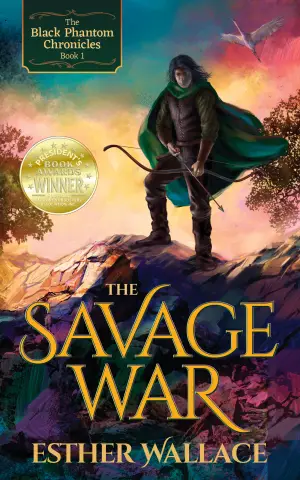Exploring the Shadows: A Review of Daniel Kehlmann’s Lichtspiele
When I first stumbled upon Daniel Kehlmann’s Lichtspiele, my curiosity was piqued not just by the intriguing premise but also by the promise of a narrative that blends historical reality with magical realism. Kehlmann has a knack for creating vivid portrayals of past lives—it’s a talent that shines throughout this novel. As I turned each page, I found myself grappling with the echoes of history and the elusive nature of artistic creation.
Themes and Characters
At its heart, Lichtspiele examines the life of Georg Wilhelm Pabst, a renowned director in Germany during tumultuous times. The novel thoroughly immerses readers in Pabst’s final years, particularly his struggles while attempting to realize his last film, Der Fall Molander. Kehlmann spins a tale that feels almost like a ghostly echo of a world lost to time, a phantom pain of creativity and ambition unfulfilled.
The character of Pabst is multilayered, embodying a paradox of artistic aspiration and personal turmoil. He vacillates between his art and his reality, grappling with the world around him as it crumbles. His relationship with his wife, Trude, is both tender and fraught, a reflection of their intertwined lives that mirrors the complexities of their era. Kehlmann also introduces their son, Jakob, whose transformation into a staunch Nazi serves as a haunting reminder of how personal and political convictions can diverge dramatically.
The Writing Style
Kehlmann’s writing style is rich and layered, characterized by an almost surreal quality. The narrative dances between times, perspectives, and emotions, creating a patchwork of experiences that resonate like a watercolor painting, blurred at the edges yet striking in its depth. While I found the story’s pacing uneven at times—especially in the beginning—the final third genuinely gripped me as the narrative tightened its focus on Pabst and his fading world.
One memorable line captures this surreal experience well: “Er drehte vorsichtig den Kopf…” (He cautiously turned his head…). This sentence, operating within a sense of disorientation and fear, reflects the overall tone of Lichtspiele, where characters often find themselves lost, unable to navigate the complexities of their environment or emotions.
Conclusion
Ultimately, Lichtspiele is a puzzle of a book—its pieces may not always fit together seamlessly, but that imperfection adds an intriguing layer to the reading experience. If you’re someone who enjoys literary exploration melded with historical inquiry, this novel may be just what you’re looking for. Kehlmann’s ability to craft a compelling narrative amidst ambiguity speaks to the uncertainties of our own lives and the art we create.
While I walked away with a sense of captivating confusion, I appreciated the journey—sometimes, it’s that uncertainty that makes literature so rewarding. For those willing to dive into the intricacies of character and metaphor, Lichtspiele holds the potential for a stimulating read.













